What is the traditional Japanese tea ceremony? the three ancestors of the Japanese tea ceremony and the interpretation of cultural and historical stories
Tea is an important part of Japan's long history and culture. This popular drink has been consumed all over Japan for centuries, and it is still popular among Japanese. It is believed that tea entered Japan from China, and China is the real birthplace of all kinds of tea. Tea culture originated in China and spread to Asian countries and other parts of the world.
The Art of Japanese Tea
Tea culture originated in China and spread to Japan in AD 600. It was during this period that Chinese Buddhist monks and Zen masters began their contact at that time. After Japanese envoys and priests were sent to China to study Chinese culture and returned home with tea, tea became the first choice for religious courses.
The most clear and empty sea of Buddhist monks are those who bring tea seeds to Japan after staying in China for a period of time. The tea introduced into Japan from China is brick tea.
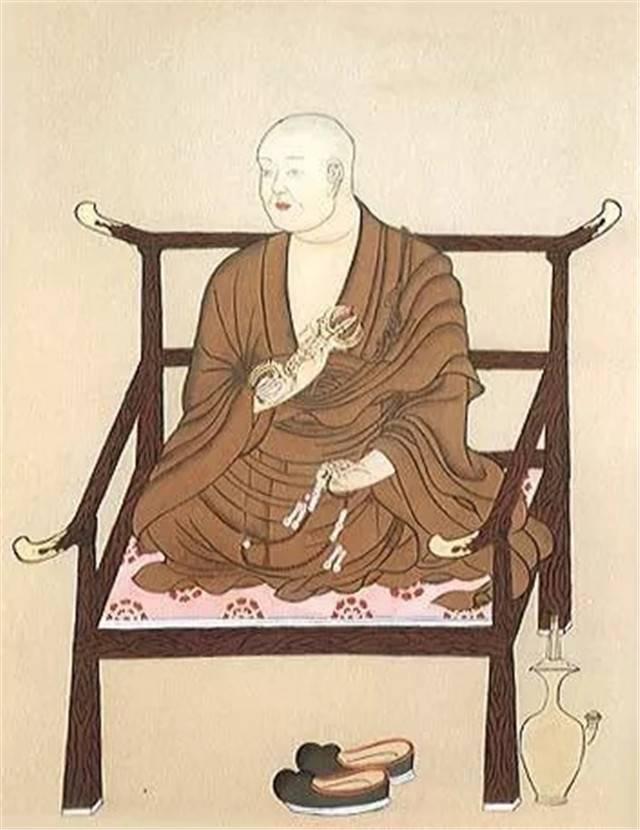
After the historical and cultural exchanges between the two East Asian countries, tea became popular, especially among the royal class. At the same time, the Emperor of Japan (Emperor Saga) initiated and encouraged the development of tea in Japan.
A large number of seeds were brought from China, and planting began immediately. The secret of Japanese tea was kept secret by the imperial court and senior officials for centuries before the Heian era in Japan from 794 to 1185.
The rise of Japanese Tea
During the heyday of the Heian era in Japan from 794 to 1185, the Japanese samurai class became strong. Art flourished, intellectual pursuit multiplied, and tea drinking became the order at that time.
In this bright age, the Zen master, commonly known as Miao'an Weisai, introduced several Chinese tea seeds and shrubs to the remote island of Kyushu. From there, they were transferred to the suburbs of Kyoto. This explains why the best tea in Japan comes from this region.
After several trips to China and an in-depth understanding of Japanese tea culture, Weisai wrote the book "the Health of Tea", which translates as "drinking Tea for Health". The book contains information praising the health and medical benefits of drinking this ancient beverage.
Later, some writers poetically associated tea drinking with changing scenery and seasons. Such praise elevates Japanese tea to various forms of beauty, art and pure experience of otherworldly serenity, which is reflected in today's Japanese tea ceremony.
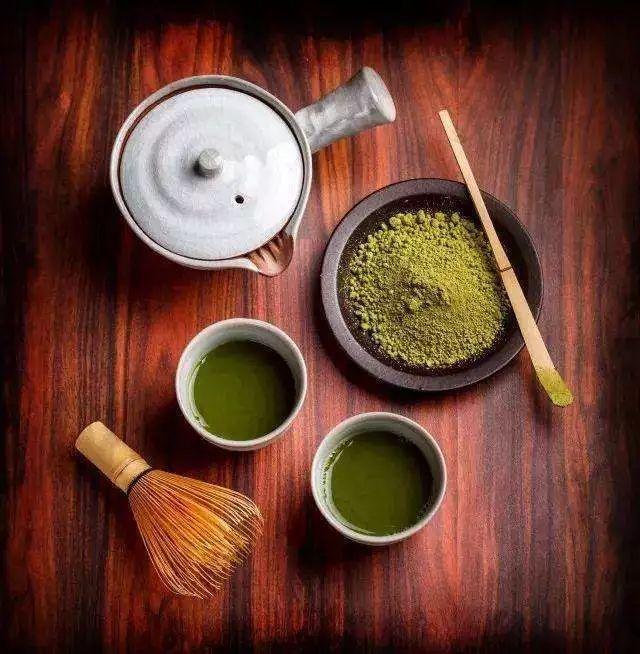
In the 16th century, the ultimate artistic praise of tea was called the tea ceremony. This is a ritual that integrates mystery, discipline, serenity, respect, beauty, harmony and complete concentration in the process of appreciating tea.
This famous Japanese tea ceremony helps to define the ultimate ritual of food and drink preparation. Therefore, rituals are respected for many reasons, the key of which is the mysterious way of ecstasy and hypnosis. According to Miao'an Eisai, the taste of tea is the same as that of Zen.
Eisai's life style and thoughts have contributed to the creation and development of the Japanese tea ceremony. His idea was accepted by tea makers and tea drinkers in Japan and is still in use today.
In the heyday of the Heian era, Honshu near Kyoto began to grow tea. Monks plant the plant, take care of it, and make it into a drink because they believe it is effective in daily meditation. With the passage of time, tea became popular, and intellectuals and politicians incorporated this drink into their daily lives. Later, the samurai joined the queue, turning tea into one of the most respected drinks in Japanese culture.
Isolation policy
In the 16th century, people began to use the Tana canopy to provide shade for tea trees. This process led to the emergence of modern tea and matcha.
In the 17th century, Yin Yuan, a monk who traveled to China, came up with the idea of making loose leaf tea and introduced it to Japan. But this close relationship between Japan and China cannot last forever, leading to a period of isolation.
Japan adopted a famous policy of isolation from 1614 to 1853. This policy prevents any contact or contact between Japan and the outside world. This also includes all the tea producing areas in China.
In the process of being isolated from the rest of the world, Japan has discovered a different way of drinking tea from Chinese culture. It was at this time that Japanese tea such as Japanese tea and matcha began to become popular all over the country. These two kinds of tea prompted tea merchants to innovate unique ways to make Japanese tea.
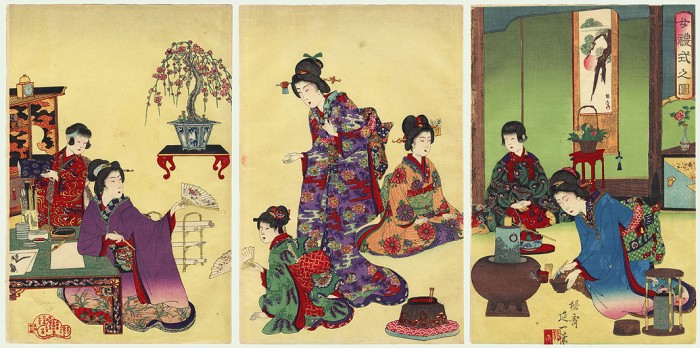
As more and more Japanese tea makers invent new techniques for making tea, so does the number of consumers. In 1738, Soen Ngatani came up with a whole new way of making tea. This method includes steaming green tea for freshness. This method is used not only in Japan, but also all over the world.
Even today, most Japanese tea is consumed in Japanese restaurants, such as national teahouses and class teahouses. In addition, the tea is also drunk in smaller but more formal groups, such as imperial tea and fried tea, including the famous Japanese tea ceremony or matcha. Although Japan produces its own tea, like other countries, it still imports tea from other parts of the world to meet the growing demand for the drink.
Important Notice :
前街咖啡 FrontStreet Coffee has moved to new addredd:
FrontStreet Coffee Address: 315,Donghua East Road,GuangZhou
Tel:020 38364473
- Prev
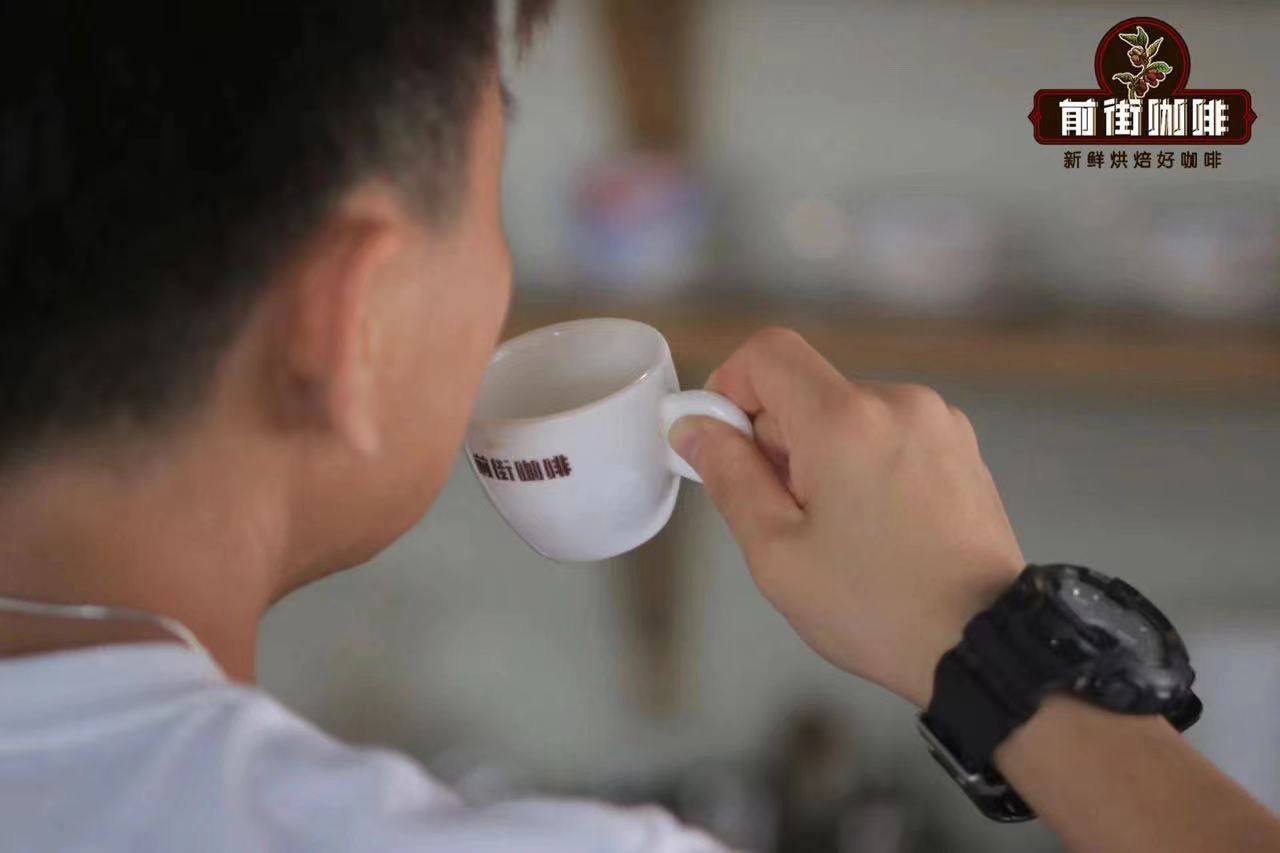
Why can't I get the sweetness of coffee? what is coffee sweetness? Smell or taste?
Barista: mm-hmm! This cup of coffee is very sweet! You:?? What's sweet? Barista: coffee is sweet. You: what does coffee feel like? New to individual coffee, do you wonder why baristas in front of the street often say that a cup of coffee is very sweet, but you don't drink it at all? What is coffee sweetness? Why can't my taste buds feel it? Coffee
- Next
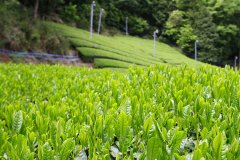
List of top brands of famous Japanese green tea producing areas
Japanese tea production methods all over the world, the most effective way to stop the oxidation and fermentation of tea is heating. The process is to heat the tea on a heated surface for a period of time. As the only way to protect tea from oxidation today, this technology has become more and more popular. Most tea farmers use large heating surfaces to heat their tea. In Japan, this technology is not
Related
- Beginners will see the "Coffee pull flower" guide!
- What is the difference between ice blog purified milk and ordinary milk coffee?
- Why is the Philippines the largest producer of crops in Liberia?
- For coffee extraction, should the fine powder be retained?
- How does extracted espresso fill pressed powder? How much strength does it take to press the powder?
- How to make jasmine cold extract coffee? Is the jasmine + latte good?
- Will this little toy really make the coffee taste better? How does Lily Drip affect coffee extraction?
- Will the action of slapping the filter cup also affect coffee extraction?
- What's the difference between powder-to-water ratio and powder-to-liquid ratio?
- What is the Ethiopian local species? What does it have to do with Heirloom native species?

